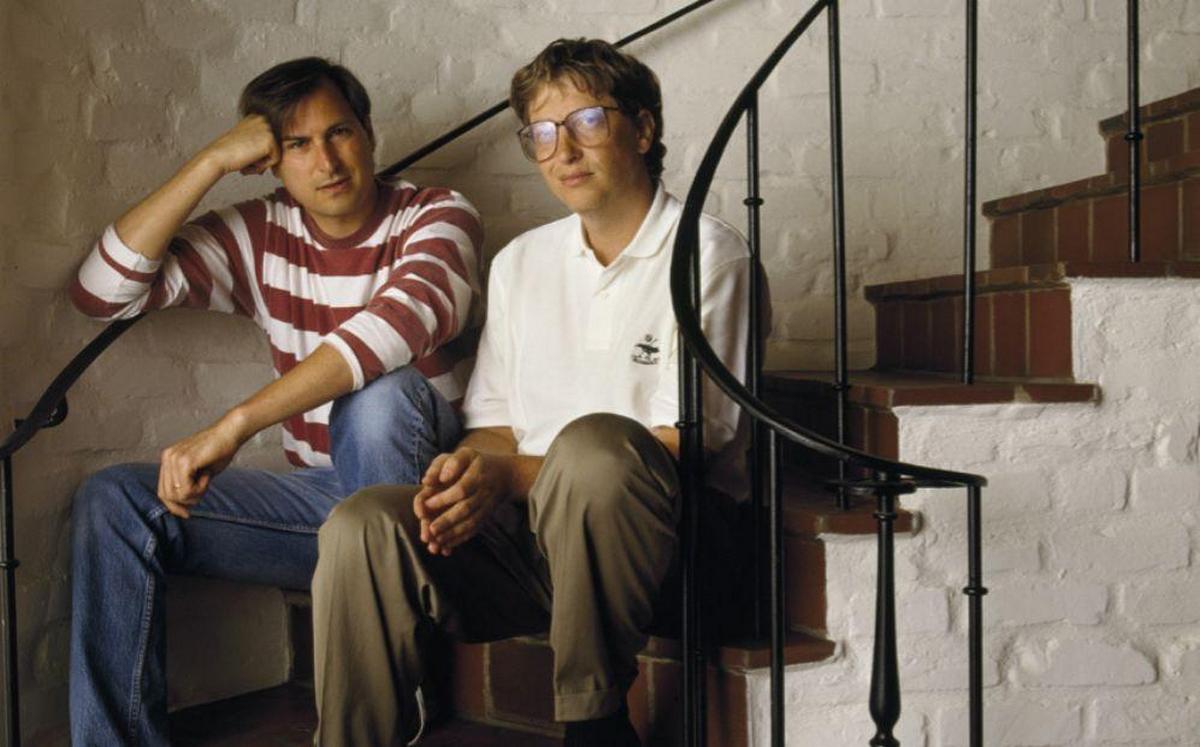
In the autumn of 1986, a moment at NeXT Computer’s headquarters vividly illustrated the fierce competition between Steve Jobs and Bill Gates. Following Microsoft’s successful initial public offering earlier that year, Gates, who was rapidly ascending in the tech realm, came for a prearranged meeting with Jobs. What transpired next showcased Jobs’ infamous tactics concerning status and dominance.
In a revealing 2012 Forbes article titled “Untold Stories About Steve Jobs by Friends and Colleagues,” an insightful anecdote about the intricate relationship between these two tech giants was shared posthumously. This narrative offered a fascinating look into Jobs’ strategic maneuvers during his tenure at NeXT.
“I could see him sitting in his cube, not really busy,” recalled Randy Adams, a software engineer at NeXT at that time. “However, he neither approached Gates nor called him. In fact, he kept him waiting in the lobby for an hour. That really underscores their rivalry.”

To outsiders, this incident might appear trivial; nevertheless, it symbolized the convoluted rapport between Jobs and Gates. Their rivalry traces back several years to when Microsoft began creating software for the original Macintosh. Jobs felt betrayed when Microsoft unveiled Windows, interpreting it as an imitation of Apple’s graphical user interface.

The legendary tension between these two innovators was well-documented in Silicon Valley. Jobs frequently criticized Microsoft’s offerings for their lack of originality and elegance, famously claiming that Microsoft had “no taste.” On the other hand, Gates found Jobs challenging to collaborate with, though he consistently recognized his rival’s outstanding skills in product design and marketing.
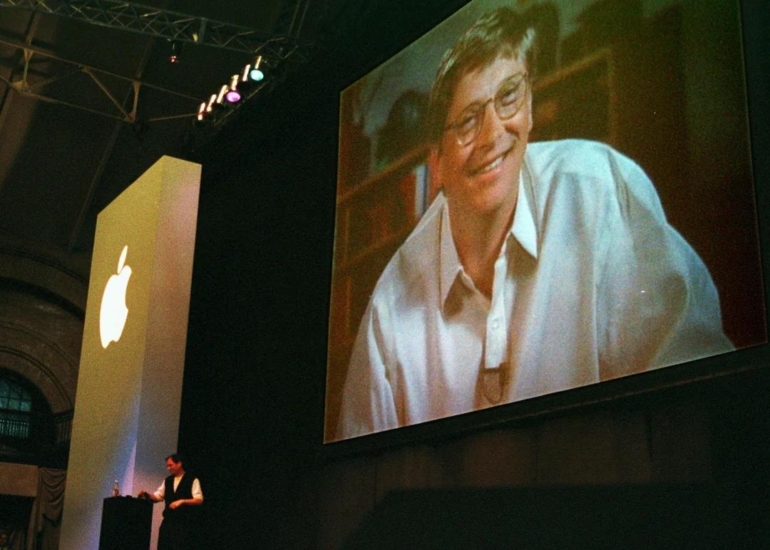
What makes this narrative especially poignant is the significant evolution of their relationship over the decades. The pivotal moment occurred in 1997, as Apple teetered on the brink of bankruptcy. In a remarkable turnaround, Jobs sought Gates’ assistance. Microsoft subsequently invested $150 million in Apple and agreed to develop Office for Mac, a lifeline for the company Jobs had co-founded.
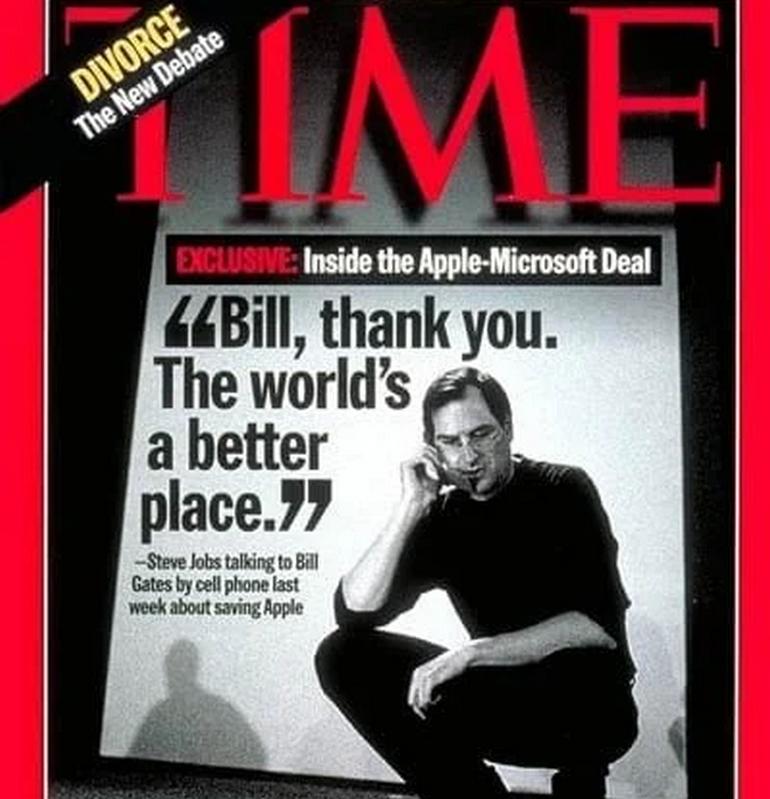
However, during the 1997 Macworld conference, when Jobs made this announcement, Gates declined to attend in person and chose to appear via satellite. Jobs publicly expressed gratitude to Gates, stating, “Bill, thank you. The world’s a better place.” This rare moment of appreciation was immortalized on the cover of Time magazine.
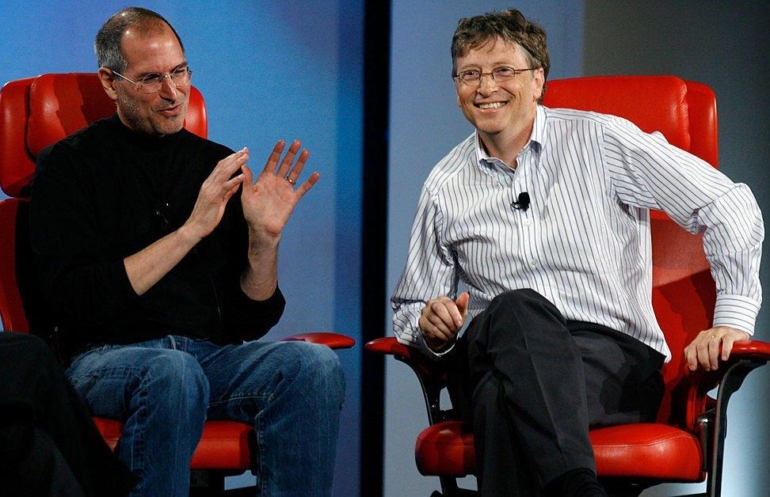
As time passed, their relationship continued to evolve. During a joint appearance at the D5 conference in 2007, both individuals expressed mutual respect for their long-standing connection. Jobs recognized that Apple did not need to surpass Microsoft to achieve success, reflecting how far he had come from his earlier days of forcing Gates to wait in lobbies.
In his final years, Jobs and Gates’ camaraderie intensified. Gates visited Jobs several times during his illness, and their discussions transcended technology to include topics such as family and lived experiences. In a touching interview with Charlie Rose on 60 Minutes after Jobs’ passing, Gates reminisced about their shared journey: “He and I, in a sense, grew up together. We were within a year of the same age, and we were kind of naively optimistic and built big companies.”
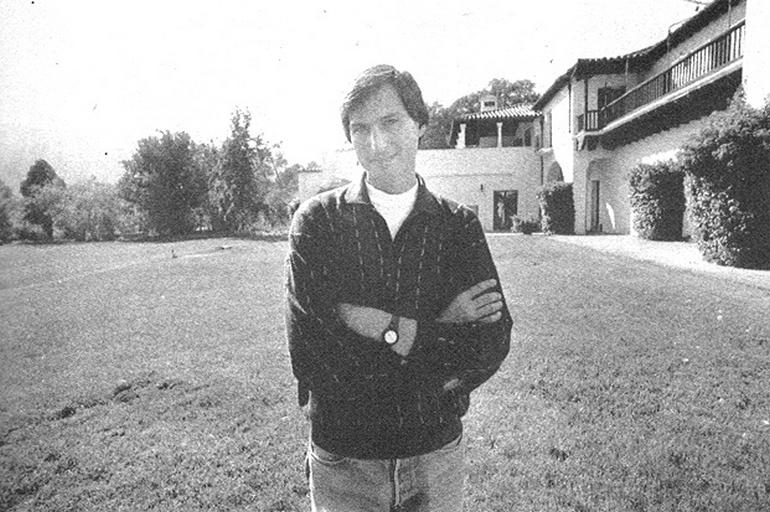
That incident in the waiting room of NeXT now stands as a testament to the profound evolution both men underwent—transitioning from young, competitive entrepreneurs engaged in strategic battles to respected industry leaders who cultivated a bond of friendship in their later years. This transformation illustrates how time and perspective can mend even the most intense professional rivalries. Jobs’ last public acknowledgment of Gates marked a striking contrast to his prior conduct in the NeXT lobby when he said, “Bill, thank you. The world’s a better place.” This fitting conclusion underscored a relationship that played a pivotal role in shaping the contemporary tech landscape.










